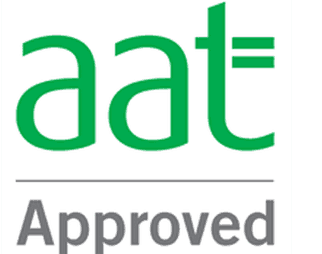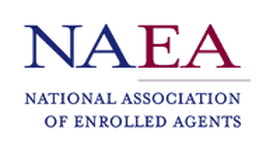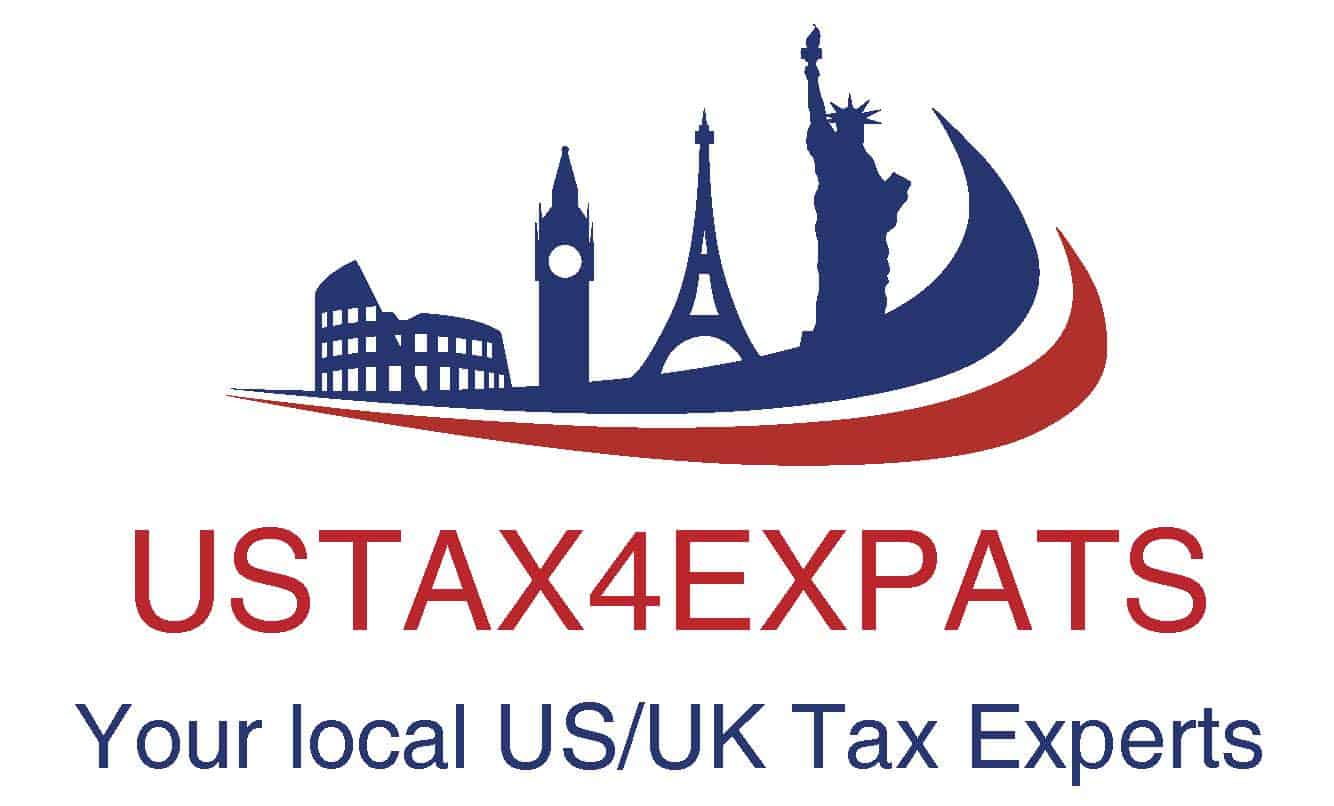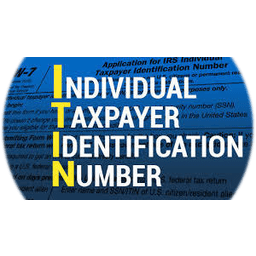US Tax Guide for Foreign Nationals FAQ
Need Help? We have got you covered!
We provide US and UK personal tax services and Certified Acceptance Agents (CAA) in 4 countries helping people all over the world get their ITIN number(Form W7), EIN number, Form 8233, W-8BEN, W-BEN-E, 1040NR, 1040, SA100.
We understand from our clients query that there are significant confusion around the ITIN or EIN and US Tax filing requirements and tax reclaim process for excess taxes withheld. We have complied the FAQS based on our client query, we hope you find your answers and if you have any further queries, please do not hesitate to contact us. ( Add a link to landing page)
We aim to have your ITIN/EIN application process less stressful, faster by quick response to your emails, arrange for the meetings to certify the passports and complete all the relevant paperwork with flexibility with the time, meeting venue and to locations that suitable to both the representatives and our clients.
US Tax Guide for Foreign Nationals FAQ
Overview
This guide is dedicated to helping you comply with US tax laws if you are a foreign national receiving income from USA (LLC member, Foreign partner, Amazon Income, Beneficiary of 401K pension, US Gambling winnings, Foreign National providing independent personal service on a short term in USA, Artist receiving Royalty income/Rental income or investing in the US (Interest, dividend, capital gain, Sale of US rental property).
US Tax reporting are complex and seeking professional assistance would help you to have the peace of mind in ensuring that you have take the right measure to ensure the IRS reporting obligations are done correctly and all the compliance filing requirements are done.
Who Needs to File a US Tax Return?
If you are a non-resident alien doing business or working in the United States or receiving income from US based connection, then you are required to file a tax return. To “file a tax return” means to send your completed and signed tax return to the Internal Revenue Service (IRS), either through the mail or electronically. If you work or invest in a state that has an income tax, a state tax return will also be required.
In prior years, if you were a non-resident alien whose only US trade or business was the performance of personal services, and you received wages less than the exemption amount ($4,050 in 2017), you were exempt from the filing requirement. However, for years after 2017, the personal exemption has been repealed. Therefore, there is no longer a minimum income exception for wage earners.
Form 8843 is required if you are an “exempt individual.” This does not mean you are exempt from paying US taxes, but that you are exempt from the “substantial presence test” for determining residency status.
What are you missing by not filing your US tax return?
Most foreigners who are required to file, either do not file a return or file incorrectly. However, and it has also been shown that there is a massive over-payment of US taxes by foreign nationals who do not file, rather than underpayment.
Just because your employer has withheld tax from your wages (Form W2)/your US corporate has withheld 30% flat tax on the Form 1042/1099R/8805/8288A it does not mean that you have paid the proper amount. You could have a sizable refund due!
If you do not have any tax liability, you might be wondering what will happen if you do not file a return. Well, the IRS will not impose penalties if no tax is due. However, the terms of your visa require you to comply with all laws of the United States, including the requirement to file an income tax return. You might be required to show proof that you filed if you wish to change your visa status, or become a permanent resident, or regain entry into the United States once you have left. Don’t risk your visa status by failing to comply with this requirement.
When and Where to File
If you receive wages subject to US tax withholding, the due date for filing your tax return is generally April 15 of the following year. If April 15 falls on a weekend, the due date is the next work day that is not a holiday. If you did not receive taxable wages during the year, the due date for filing your tax return is June 15 of the following year, with the same deferral for weekends. Your Form 1040NR or Form 1040NR-EZ (including Form 8843) must be sent to the Department of the Treasury, Internal Revenue Service, Austin TX 73301,U.S.A.Please ensure you have postal proof of mailing for your file records to prove the tax return was sent to IRS on time.
List of all the forms and publication that’s helpful for the foreign national tax return preparation
- Form 1040NR and Instructions or Form 1040NR-EZ and Instructions.
- Form 8843
- Form 843 (for improperly withheld social security tax)
- Publication 519
- Publication 901
- Publication 597 (if you are from Canada)
Why Residency Status Is Important
-
The first thing you must know in order to file your tax return is whether you are a resident or non-resident for US tax purposes. If you find that you are both a resident and non-resident in the same year, you are a dual status alien for which special rules apply. The designation of resident for tax purposes is completely separate from your immigration status. You might qualify as a resident for tax purposes while remaining a non-immigrant alien for immigration purposes.
If you are a non-resident, you must file a special tax form (Form 1040NR), pay tax only on US source income, are subject to special rates, and might qualify for treaty exemptions. Conversely, if you are a resident for US tax purposes, you are generally under the same rules and file the same forms as a US citizen. That means you report your worldwide income rather than just US source income.
Determining Your Residency Status
The Green Card Test
The Substantial Presence Test and Definition of Exempt Individual
To meet the substantial presence test, you must be physically present in the United States during a period (in which you are not an A, F, G, J, M or Q visa holder) on at least:
- 31 days during the current year, and
- 183 days during the 3-year period that includes the current year and the previous two years, counting:
- all of the days you were present in the current year,
- 1/3 of the days you were present in the first preceding year, and
- 1/6 of the days you were present in the second preceding year.
Closer Connection Exception
Even if you meet the substantial presence test, if you are present in the United States for less than 183 days during the calendar year and can establish a closer connection to your home country, you are treated as not meeting the substantial presence test. See IRC Section 7701(b)(3)(B). However, if you have applied for a green card, this exception won’t work. See IRC Section 7701(b)(3)(C). To claim the closer connection exception, you should include Form 8840 with Form 1040nr.
Exempt Individuals
An exempt individual is someone whose days in the United States are not counted toward the substantial presence test, not someone who is exempt from tax. If you are an exempt individual, you are a nonresident alien until you no longer meet the definition of exempt individual, you change your visa status or you receive permanent residency status. You are generally in this category if you are:
- An individual temporarily present in the United States as a foreign government related individual (A or G visa holder).
- A teacher or trainee temporarily present in the United States under a J or Q visa, who substantially complies with the requirements of the visa.
- A student temporarily present in the United States under an F, J, M or Q visa, who substantially complies with the requirements of the visa.
- A professional athlete temporarily in the United States to compete in a charitable sports event.
Teacher or trainee.If you are a teacher or trainee temporarily in the United States in J or Q status, and you have been present in the United States during no more than two calendar years out of the last six calendar years, you are an exempt individual. Any day spent in the US during a calendar year counts as a full calendar year. For example, let’s say you entered the US on December 28, 2016 as a trainee on a J visa, and stayed in the US continuously through 2018. Your days in this country are exempt from the substantial presence test for 2016 and 2017, but they all count in 2018. That means you were a nonresident alien in 2016 and 2017. But if you were in the US for at least 183 days in 2018, you will pass the substantial presence test in 2018. If you remain in the US as a J visa holder, you will again be an exempt individual in 2023.
Exception: If all of your compensation during the six year period is from a foreign employer, the two year exemption period is extended to four years.
Student.If you are a student temporarily in the United States on an F, J, M or Q visa, and you have been present in the United States during no more than five calendar years, you are an exempt individual. For example, let’s say you entered the U. S. on June 4, 2010 as an F-1 student visa holder, and have remained here until 2015. You are a nonresident alien for 2010, 2011, 2012, 2013 and 2014. If you are in the US for at least 183 days in 2015, you will pass the substantial presence test in 2015.
Members of the family.If you are an exempt individual, members of your immediate family who are with you in the United States on visas derived from your visa (J-2, F-2, etc.) are also exempt individuals.
If you are employed, make sure your employer withholds taxes from your wages based on your nonresident alien status. That usually means taxes should be withheld allowing for no standard deduction. If the employer does not adequately withhold, you will end up owing the balance when your tax return is filed.
Dual-Status Aliens
A dual-status alien is both a nonresident alien and a resident alien in the same year. That means your tax return becomes more complicated. Pub 519 explains how to figure the tax in Chapter Six. Here are the most common circumstances of dual status:
- When you enter the US and receive permanent residency status (receive a Green Card) during the year of arrival
- When you enter the US and pass the substantial presence test in the year of arrival
- When you enter the US and do not pass the substantial presence test, but qualify for and make the First Year Choice election (see below)
- When you hold a J, F, M, or Q visa the first part of the year and receive permanent residency status during the year
- When you hold a J, F, M or Q visa during part of the year, but later change to an H visa or other status eligible to use the substantial presence test, and pass the test
- When you leave the United States permanently during a year in which you qualify as a tax resident, but only if certain conditions apply. (See Last Year of Residency in Chapter One of publication 519)
Residency Status Examples
Example I.
Angelina, from United Kingdom, arrived in the US as an H1b visa holder on April 15, 2018. Angelina remained in the US, working for a US employer, for the entire remaining calendar year. Angelina was not present in the US in 2016 or 2017. Angelina passed the substantial presence test in 2018, since she was present in the US for 260 days in 2018. Angelina’s residency starting date is April 15, the date of her arrival. She is therefore a dual status resident for 2018 and must file a dual status return. Angelina should report only US source income (if any) for the portion of the year prior to April 15, and her worldwide income for the portion of the year after April 14.
Example II.
Assume that Angelina in Example I arrived September 15, rather than April 15. Also assume that Angelina was present in the US in 2016 for 120 days and in 2017 for 150 days. Angelina did not pass the substantial presence test in 2018, because her total days computed for 2018 are 177 [(120 x 1/6) + (150 x 1/3) + 107]. Angelina should therefore file a nonresident tax return.
Example III.
Assume the same facts as in Example II, except Angelina spent 180 days in the US in 2017 rather than 150 days. Mary passes the substantial presence test in 2018, because her total days computed for the test are 187 [(120 x 1/6) + (180 x 1/3) + 107]. Mary must file a dual status tax return, unless she maintains a closer connection to UNITED KINGDOM and qualifies under the closer connection exception provided for in IRC Section 7701(b)(3)(C). In that case she is deemed to be a nonresident and should file a nonresident return showing the closer connection exception on Form 8840.
The First Year Choice
If you arrive in the US too late during the year to pass the substantial presence test, or if you were an exempt individual during the first part of the year, then changed visas later in the year, you are classified as a nonresident alien for the entire calendar year unless you make a special election. This generally means that you cannot claim the spousal and dependency exemptions for your spouse or children. However, there is a special election [IRC Sec. 7701(b)(4)] to be treated as a resident alien from your date of arrival if you satisfy the following tests:
- You are not otherwise a resident alien for the year,
- You were not a resident alien at any time in the immediately preceding year,
- You are a resident alien under the substantial presence test for the immediately following year,
- You are present in the United States during the election year for a period of 31 consecutive days,
- Your days of US presence are 75% or more of the total days between the beginning of the earliest 31 consecutive day period and December 31.
If you make this election, you will be a dual-status alien and you can claim an exemption for your spouse for years prior to 2018. (Beginning in 2018, personal and dependency exemptions are no longer allowed.) Furthermore, the regulations include an extremely liberal rule that permits an alien who makes this election to make the election as well on behalf of dependent children who themselves satisfy the test [Reg. Sec. 301.7701(b)-4(c)(3)(v)]. You must, however, have ITINs for your spouse and children to claim them. Also, to make the election you must pass the substantial presence test in the year following the election year, which means you will need to file an automatic extension for your current year return so you can file after you pass the test for the following year.
Effectively Connected Income
Income that is effectively connected with a US trade or business is reported on the first page of Form 1040NR or Form 1040NR-EZ. It is subject to tax at the same graduated rates that apply to residents, and can be offset by allowable deductions and exemptions. It can also be partially or fully excluded from your income by treaty provisions between the United States and your home country. Refer Tax Treaties from IRS guide If you are in the United States as an F, J, M, or Q visa holder, you are considered engaged in business in the United States. That means any US source income that is taxable to you in connection with your scholarly activities, such as wages or scholarship and fellowship grants, is included in this category. Also, any other income from personal services performed in the United States is generally considered effectively connected income.
Not Effectively Connected Income
If your US source income is not effectively connected with a US trade or business, it is reported on Schedule NEC on page four of Form 1040NR, (you cannot use Form 1040NR-EZ if you have this type of income). It is generally taxed at a flat 30% rate and cannot be reduced by deductions and exemptions. Treaty provisions between your home country and the United States might provide for a lower rate of tax. Income that is typical of this category includes corporate interest, dividends, capital gains in excess of capital losses, prizes, awards and certain gambling winnings. If you are a nonresident alien, capital gains on stocks, securities and other personal property are taxable to you only if you are present in the United States for at least 183 days during the tax year. A nonresident alien can be present in the US more than 183 days if they are an “exempt individual.” Bank interest received by nonresident aliens is statutorily excluded from taxation.
Investment Income
Reporting interest, dividend and capital gain income is a little confusing. There are spaces provided to show it on page 1 of Form 1040NR, and in Schedule NEC on page 4 as income not effectively connected with a US trade or business. Reporting it on page 1 means it is effectively connected to a US trade or business. To be effectively connected, the investment income must have a direct economic relationship to your United States trade or business. For example, investment income reported on a K-1 of a partnership you have an interest in could be classified as effectively connected income. If you are a student or scholar with investment income, your trade or business in the United States is studying, teaching, or doing research. Therefore, it is very unlikely you have effectively connected investment income.
The tax rate on income that is not effectively connected with a US trade or business is a flat 30 percent, unless a treaty provision between the United States and your home country reduces the rate. Show the income on page 4 and any US tax withheld on the income, and compute the tax. The computed tax and related withholding is shown on page 2 of Form 1040NR.
Exempt Interest. Interest paid on deposits with banks, on accounts or deposits with certain financial institutions, or on certain amounts held by insurance companies, are exempt from US tax even though they are US source income. If you file Form 1040NR, do not report this interest anywhere on the return.
Capital Gains. You do not pay tax on capital gains from the sale of stock or securities if you are a nonresident who has not been present in the United States for 183 days or more during the tax year, unless it is effectively connected income. In that case, tax applies at the lower capital gains rates for effectively connected income. However, if you are an “exempt individual” who resides in the United States longer than 183 days, you do pay tax on capital gains at the 30 percent rate, unless a lower tax treaty rate applies to you.
Income from Rental Real Estate
You are given a choice regarding income from real property in the US. This income is generally considered income that is not effectively connected with a US trade or business, and is taxed at a flat rate of 30 percent of gross income. A nonresident individual is not required to file a US return if tax of 30 percent is withheld by the payor (usually the property manager). Alternatively, you can file a tax return and include an election (under IRC Section 871(d)) to have the net income (after expenses) taxed as income effectively connected with a trade or business in the US. This is generally a much better way to go for nonresident aliens. Any net income is taxed at graduated rates beginning at 10 percent. Under Section 897 of the Code, gain on the disposition of real property by a nonresident alien is always treated as income effectively connected with a US trade or business, and is therefore taxable, but at the generous capital gains rates.
Our Fees
We work on a fixed fee policy which is based on the complexity of the work. Our fees are extremely competitive and we strive to provide excellent professional client service at affordable price. Please email or call us for a free consultation and fee quote.
WELCOME TO ITINCAA
ITINCAA (AKA TAXANDACCOUNTING HUB) aims to provide expert solutions to you ITIN, EIN, or US Personal tax-related matters considering the appropriate double taxation treaty rules and correct supporting documentation.
We are IRS Approved Certified Acceptance Agents [CAA] (United Kingdom Head Office), with our IRS representative based U.A.E, India, Singapore.
We also assist foreign nationals who require passport certification with Form W7/CAA Service completion in below listed countries;
Middle East I Saudi Arabia I Qatar I Oman I Turkey I Austria I Germany I Belgium I Croatia I Czech Republic I Denmark I Finland I France I Hungary I Italy I Luxembourg I Norway I Russia I Slovakia I Switzerland I Ukraine I Malaysia I Indonesia I Taiwan I Thailand I Hongkong I Japan I New Zealand I Pakistan I Bangladesh I Sri LankaI India I United Kingdom I Scotland I Ireland I Wales I Singapore I UAE and other global clients.
Please refer to contact us page for more details on the process.







